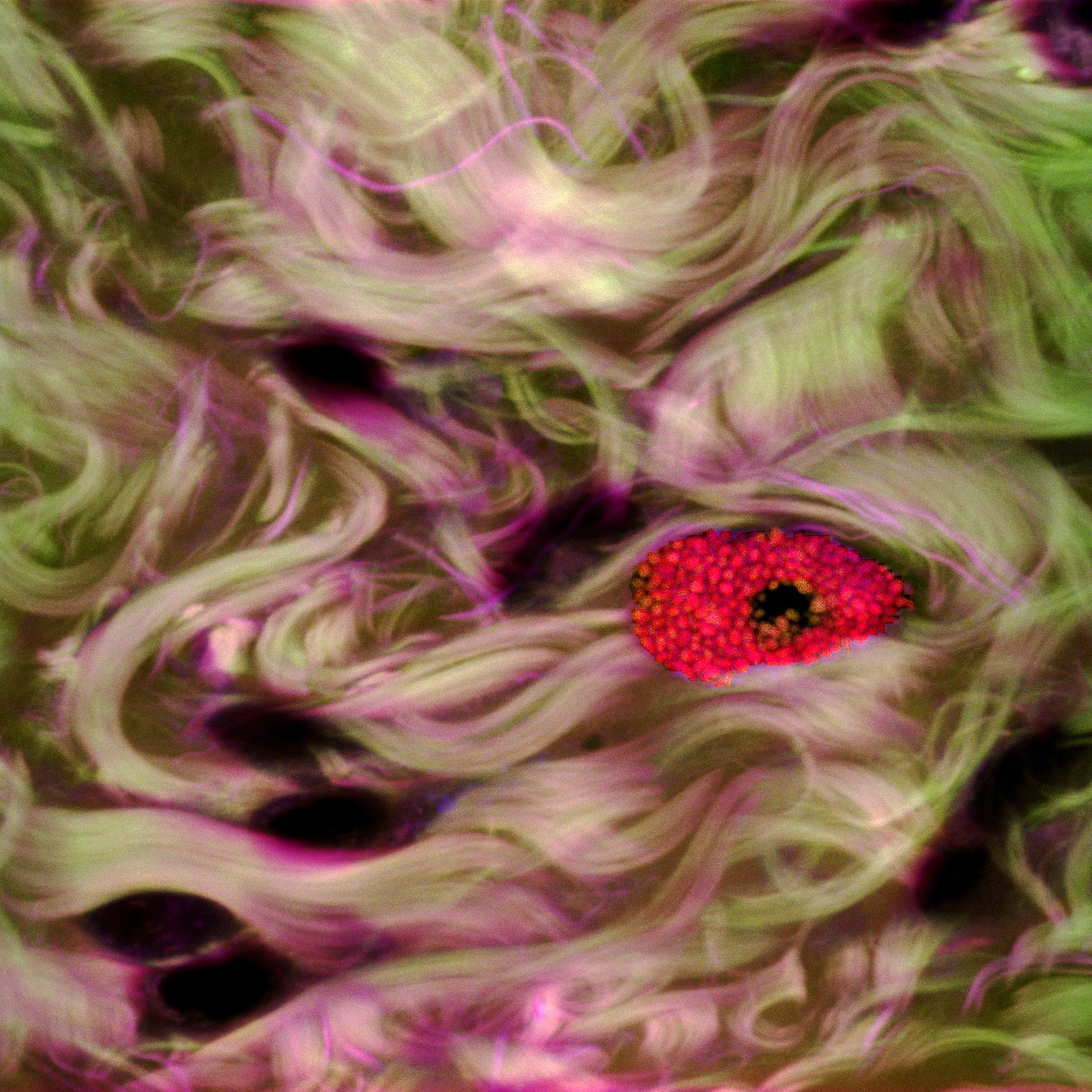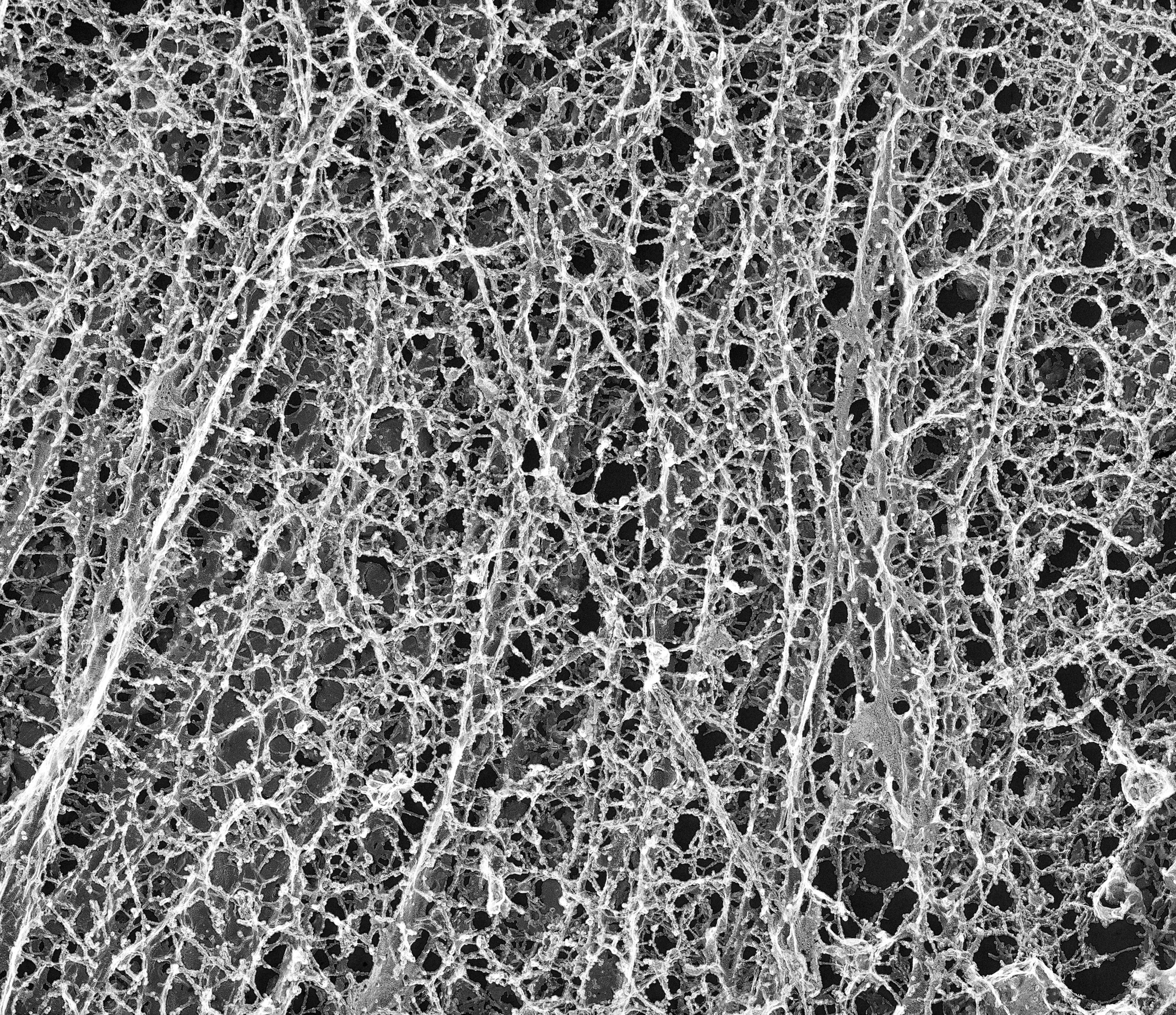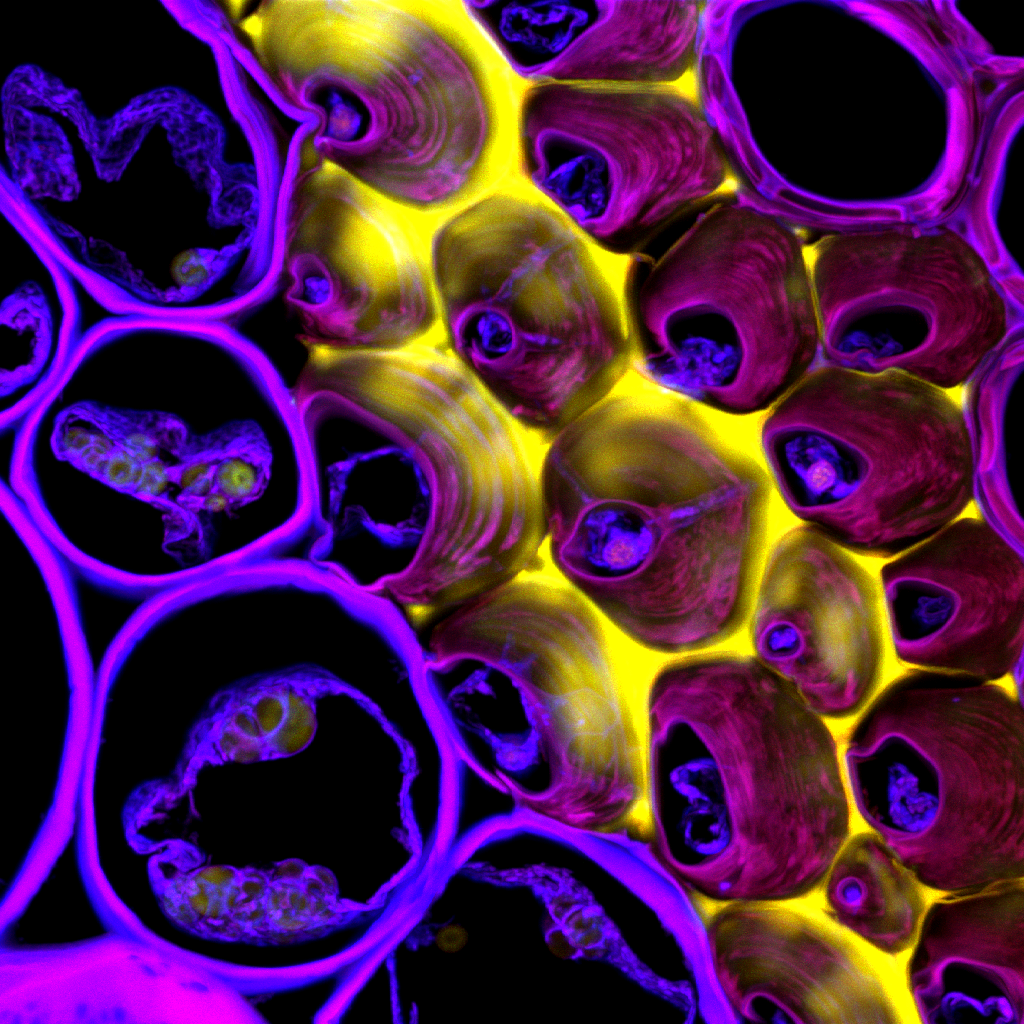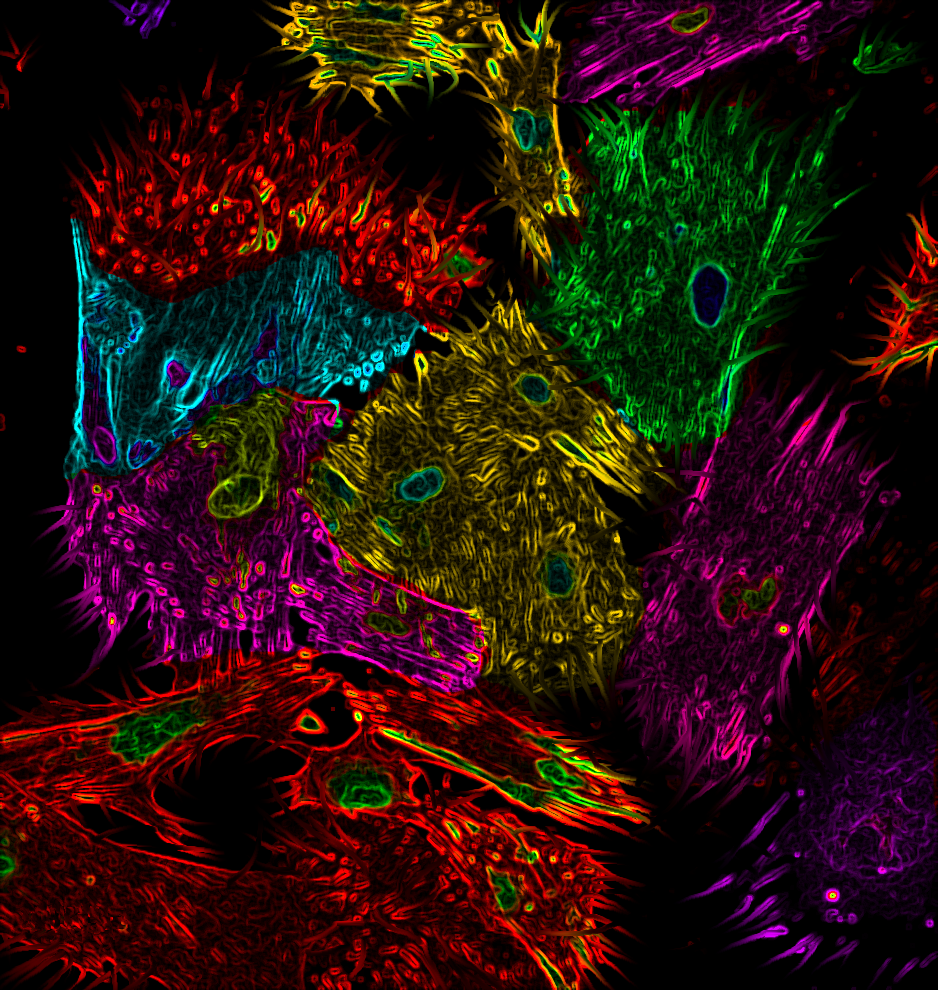
Zebrabow
Zebrabow embryos express random combinations of red, green, and blue fluorescent proteins, revealing a spectrum of unique hues. These same hues can be used to ‘barcode’ individual stem cells to track their birth and contribution to tissues as the embryo grows–all cells of the same hue were produced from one stem cell’s divisions. The Zebrabow system allows for long-term tissue lineage analysis, because the fluorescent proteins will … Continue reading Zebrabow









